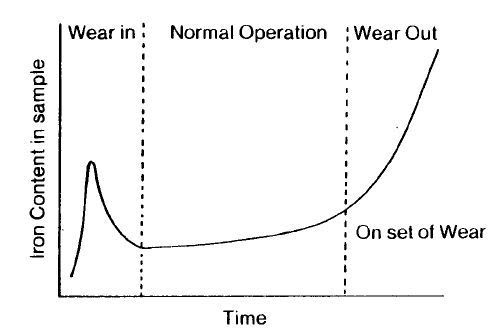Originally Posted By: KCJeep
Discouraging if it takes 3k to get a decent film and most conventionals are about done at 5k.
That is where you're a bit off base. Most lubes are just getting started at 3k miles. At 5k miles, they are just hitting their stride and capable of far more. By no measure are they "
about done" at 5k miles; so very far from it.
The article I wrote (please read when you get a chance) clearly shows that even dino lubes are viable out to 10k+ miles, depending upon application and predicated on equipment in good mechanical condition.
Wear rates are actually still going DOWN in many examples, at 10k miles. The SAE study I reference even shows that wear becomes almost zero (not absolute, but darn near) when the lubes get aged. I realize that it's hard to believe, but there are multiple SAE studies and lots of UOA data to prove this. Unfortunately, the mass-market sales hype is far louder and broader than I would ever be.
Also, it's not that the engine is really being harmed by short OCIs; that is not borne out by the data. What is happening is that the barrier is being stripped and refreshed; the older it gets the better it gets. What is being harmed is the wallet! Why dump oil at 3k or 5k miles, that is capable of 10k miles? You can change oil at 2k miles, but your wear rate is HIGHER than at 10k miles by far. In fact, the study actually mentioned that the reduction of wear is on an order of magnitude (a factor of 10)! There was even a friction reduction at the valvetrain, but that is likely offset by the drag at the cylinder. The SAE study (Ford/Conoco) notes that wear is still declining at 15k miles of oil use! This is oil that is directly taken from a small fleet of Las Vegas Taxis, and then run in highly-controlled wear measurement testing where they measure the actual parts.
So, together, we have lab studies that measure less wear, and UOA reports that indicate less wear, all as the OCI lengthens. When the lab studies is confirmed by thousands of UOAs, it's pretty hard to deny. To paraphrase a phrase: two rights cannot make a wrong!
First, read the article I wrote. Then buy the SAE study. You will find enlightenment.



